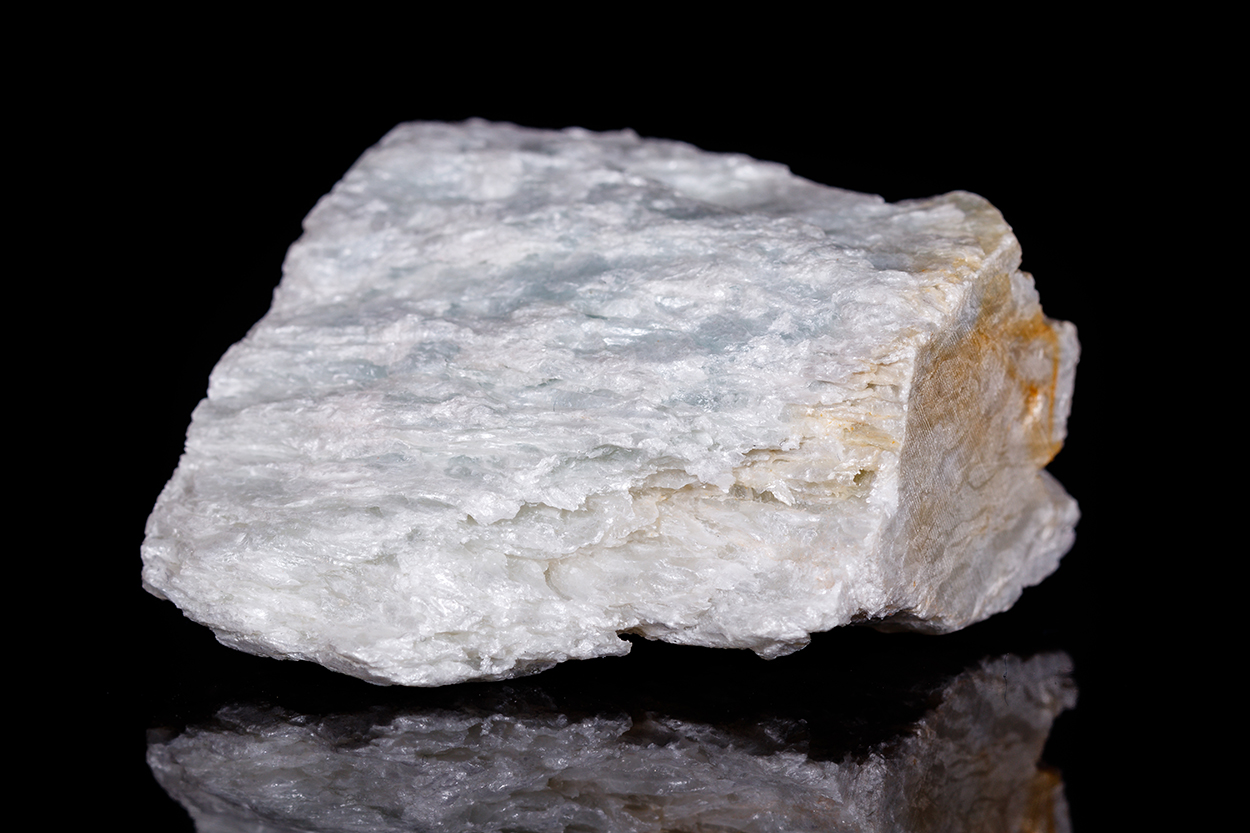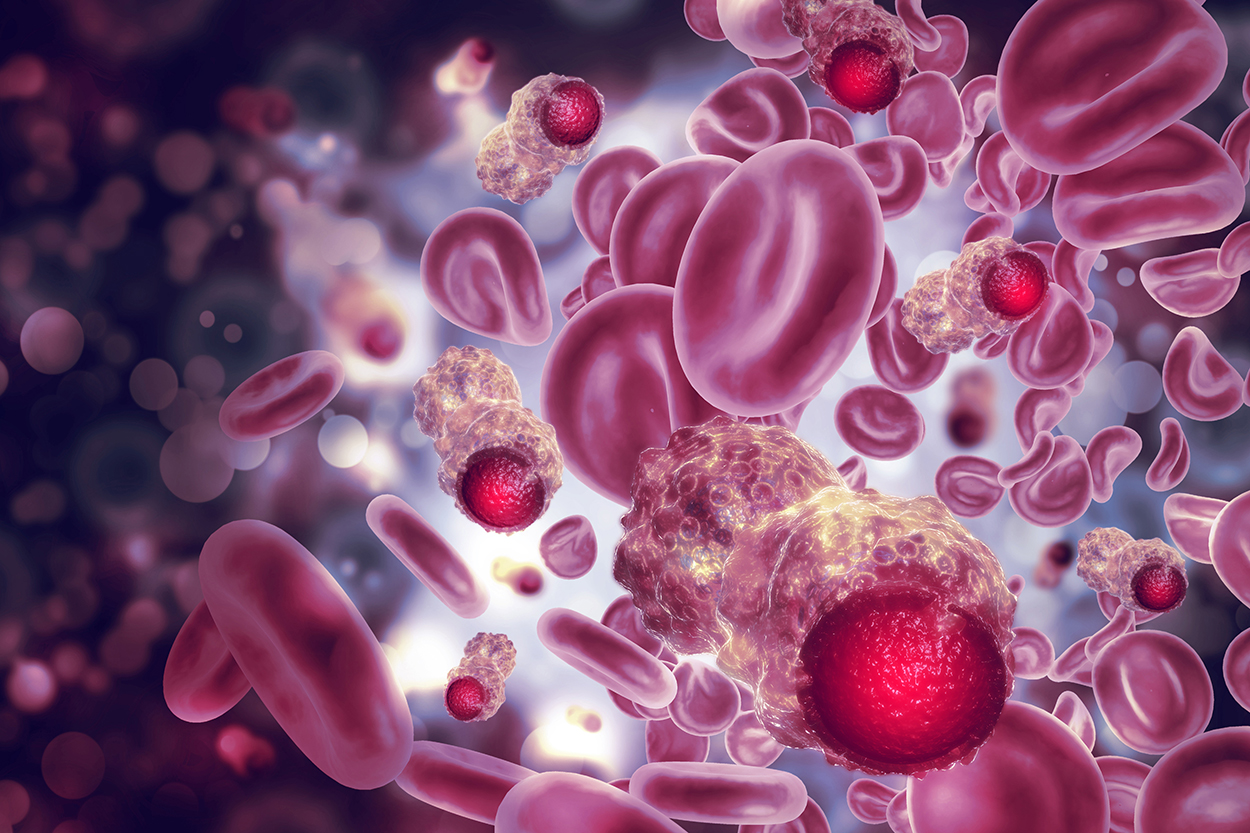Get A Free Legal Consultation
- We fight to maximize your results
- No out-of-pocket costs
- Over $10.6 billion recovered for families



More than 1,000 women have now filed talcum powder lawsuits in state and federal courts against Johnson & Johnson (J&J) for failing to include warnings on its baby powder and other talcum powder products regarding the link between talcum powder and ovarian cancer.
The lawsuits allege J&J knew of research that suggested a link between talcum powder for genital use and ovarian cancer, yet they failed to put a warning on their products that contained the mineral.
“Women who trusted Johnson & Johnson’s baby powder and other products to help maintain cleanliness for decades are now filing lawsuits after discovering the product was a contributing factor in their cancer diagnoses,” said Simmons Hanly Conroy Named Partner Jayne Conroy, who oversees the talcum powder cases filed by her firm. “These women deserved to have been warned so they could have made informed choices about their health and safety.”
If you or a loved one are concerned about how talcum powder may have contributed to your ovarian cancer diagnosis, Contact Us today.
Talcum powder, which is used in various products including Johnson & Johnson® baby powder, has been shown to increase risk of ovarian cancer when used by women near reproductive organs. But what exactly is talcum powder, and what makes it dangerous?
Talc powder is used regularly by women of all ages. Some estimates show that approximately one out of five American women apply talc powder to the genitals. Talcum powder is often used to absorb moisture, prevent rashes, keep skin dry and cut down on friction.
Talcum powder is made from talc, which is a mineral that contains magnesium, silicon and oxygen. Johnson & Johnson (J&J), the main manufacturer of talcum powder products, does not use warning labels and denies a link to ovarian cancer. J&J talcum powder products include:


Overall, genital use of talcum powder remains popular among women despite numerous studies pointing to its increased risk of ovarian cancer. Many women are not aware of the increased health risk. Talc powder studies have shown different results over the years, but the collective research shows a link between talcum powder and ovarian cancer. Genital use of talcum powder poses the main issue to women, increasing the risk of ovarian cancer by 33 percent, according to a recent study.
When talcum powder is applied to the genitals, it can travel into the body through the vagina and fallopian tubes. It then irritates the ovaries and can cause inflammation and the growth of ovarian cancer cells. Talcum powder has been advertised for genital use to increase freshness for women and girls. It is also used on sanitary napkins, diaphragms, or condoms.
In the 1970s, talcum powder particles were found in ovarian tumors. This sparked research into the substance and its effects on women. Animal testing has shown that some animals exposed to talcum powder develop tumors. In 1992, the link was substantiated with a study finding a 33 percent increased risk of ovarian cancer in women who practiced genital use of talcum powder. The danger of genital talc powder use has been denied by talcum powder product manufacturers and mostly overlooked by the U.S. Food and Drug Administration (FDA).
The FDA has acknowledged the talcum powder and ovarian cancer risk on its website. Because the FDA lacks the authority to regulate cosmetic products, the responsibility to warn consumers shifts to talcum powder product manufacturers. But Johnson & Johnson, a primary talcum powder manufacturer, denied the original 1970 findings. The company continues to deny the risk of ovarian cancer and produces talcum powder products without warning labels.
A 2016 study conducted by Brigham and Women’s Hospital in Boston and published in the journal Epidemiology, outlines the link between genital use of talcum powder and ovarian cancer. In the study that compared talcum powder use among women with ovarian cancer and women without illness, doctors found that applying the product to genitals, underwear and sanitary napkins increased the risk of developing ovarian cancer by one-third.
The most serious of the talcum powder side effects is its increased risk of ovarian cancer. One study found a 30 percent increased risk of developing ovarian cancer within a person’s lifetime with the perineal or genital use of talcum powder.
On a wider scale, talcum powder side effects may also include:


Many talc products have shown mixed results in testing for carcinogenic properties. Research into the connection between talcum powder and ovarian cancer began in the 1970s when talc particles were found in ovarian tumors. Animal testing has shown that some lab animals form tumors from exposure to talcum powder, and some do not.
Additionally, it is unclear whether the reactions of these animals can be applied to humans. Findings are also mixed in human testing, showing either no risk or a slightly increased risk. One study found a 30 percent increased risk of developing ovarian cancer within a person’s lifetime with the perineal or genital use of talcum powder.
The American Cancer Society (ACS) states that if talcum powder is applied to the genitals, the particles can travel to the ovaries through the vagina and fallopian tubes, possibly causing inflammation and growth of ovarian cancer cells. Talcum powder is sometimes applied to the genitals for hygienic purposes or used with sanitary napkins, diaphragms or condoms.
Perineal use is relatively prevalent among women. The ACS suggests limiting or eliminating the use of consumer products containing talc and switching to cornstarch-based cosmetic products for safety.
Although the dangers of talc were first recorded in the 1970s, lawsuits against J&J have been ongoing since 2013. Women who have used talc powder and have since developed ovarian cancer are coming forward to file claims against Johnson & Johnson, who may have failed to warn consumers of its health risks.